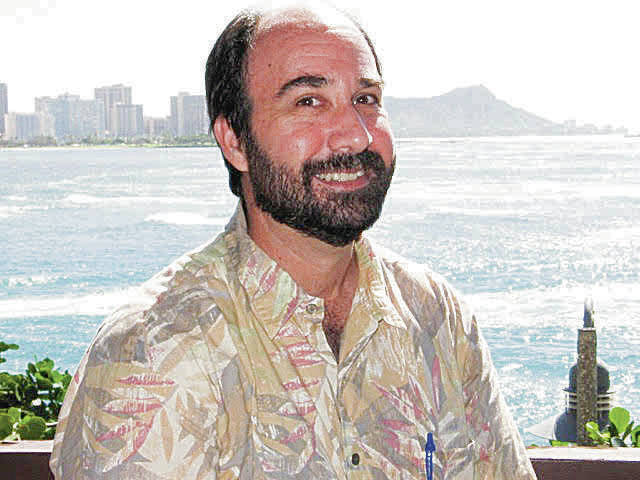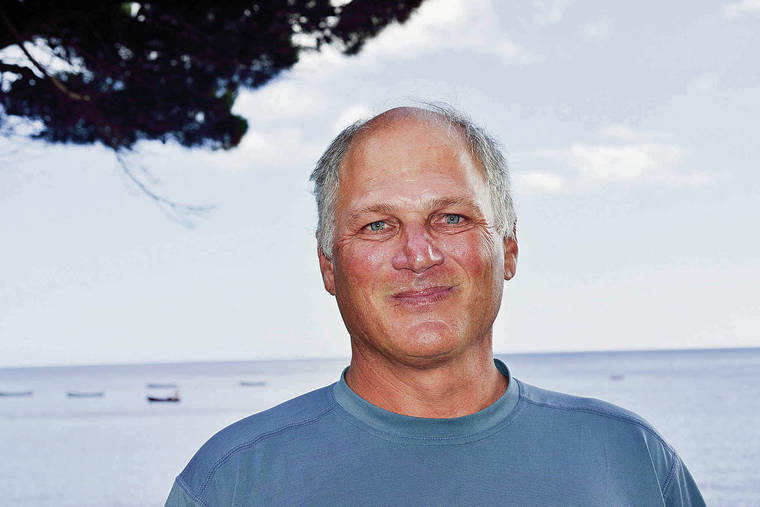The outbreak of the novel coronavirus as a global pandemic has underscored the close connection between the health of the environment and the health of people. Now, more than ever, the protection of our natural places cannot be overlooked. Yet last week, on World Environment Day, President Donald Trump pulled back industrial fishing restrictions that safeguard a series of unique ecosystems and associated fisheries in the Northeast Canyons and Seamounts Marine National Monument in New England.
Here in Hawaii, our own Pacific Marine Monuments, including Papahanaumokuakea in the Northwestern Hawaiian Islands and the Pacific Remote Islands in the Central Pacific Ocean, face the same threat from the Trump administration.
Protected by more than a half dozen presidents of both political parties, these monuments are home to the last wild places in the ocean, protecting organisms such as fragile black corals believed to be among the longest living organisms on Earth, the endangered Hawaiian monk seal, and thousands of unique species— from algae to fishes — found nowhere else. Papahanaumokuakea alone provides nursery grounds for 90% of the sea turtles we see around the main Hawaiian Islands.
Conservation measures like marine monuments work. Science tells us that marine protected areas (MPAs) not only conserve the diversity of species within their boundaries but also support fisheries outside of their borders. This “spillover” rebuilds fish populations and results in more fish — a result that benefits industry, people and ocean organisms alike.
In fact, scientists believe that at least 30% of the ocean needs to be protected by 2030 in order to support biological diversity, the island communities that rely upon a healthy ocean and for that matter, all of humankind. Currently, 5.3% of the ocean is protected by MPAs, of which only 2.5% is highly protected, according to the MPAtlas.
The large areas of ocean within Hawaii’s two monuments are linked in ways that support their exceptional value as refuges for local and migratory populations of marine life in a world heavily influenced by the impacts of climate change. The islands, seamounts and ridges within these monuments create a bridge, connecting remote biological communities and populations.
The areas also function as stepping stones that help aid in the movement of marine organisms across the entire Hawaiian Island Archipelago and vast Pacific Ocean. This connectivity provides resilience that is necessary to the survival of Hawaiian marine ecosystems, including coral reefs, which have suffered several significant regional coral bleaching events, one of the many negative impacts of a warming ocean and climate change.
As Hawaii-based scientists, we also gratefully acknowledge and respect the leadership of many in the Native Hawaiian community who worked to establish and expand protections of these precious ecosystems. The bio-cultural resources within these areas and the spiritual connection to these places should be respected.
The Pacific Marine Monuments are a critical foundation for ensuring a healthy ocean for generations to come. These national treasures are one of a kind and also function as important tools to ensure healthy fisheries and protect the critically important and vulnerable ocean wildlife in Hawaii and the broader Pacific.
However, renewed calls from the Trump administration and the Western Pacific Regional Fishery Management Council that seek to erode or eliminate these conservation measures in favor of short-term gains continue to persist at a time when regional food security through sustainability is more important than ever. This will have negative long-term impacts to these irreplaceable ecosystems and the fisheries that they support. The impact of downgrading safeguards is well known: our biological and cultural heritage will suffer — perhaps irreversibly.
Alan Friedlander, is chief scientist for National Geographic’s Pristine Seas Program and a Hawaii Institute of Marine Biology researcher; Richard L. Pyle, Ph.D., is senior curator of ichthyology at Bishop Museum; Robert H. Richmond, Ph.D., is researcher/director of the Kewalo Marine Laboratory at the University of Hawaii.






